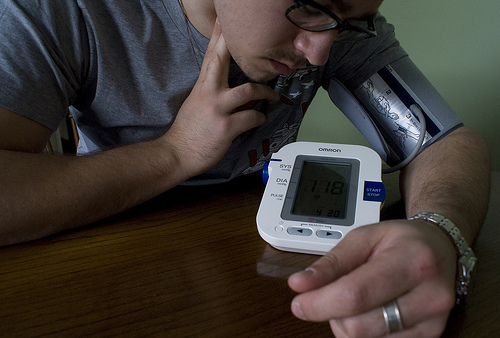
Recognize the Symptoms of High Blood Pressure
High blood pressure is a silent disease. It does not cause symptoms in most cases till it reaches very high levels. Some cases are detected only when complications occur. Severe headache, blurred vision, ringing in ears, fits, poor balance, chest pain, breathing difficulty and palpitations can occur in some cases. High blood pressure in pregnancy can cause frothy urine, facial swelling, abdominal pain, visual halos, double vision and yellowish discoloration of the eyes. Women who have hypertension during pregnancy need to be tested for preeclampsia, a life-threatening pregnancy complication.
- Important notification about information and brand names used in this slideshow!
- Photo courtesy of HazPhotos by Flickr : www.flickr.com/photos/hazphotos/3191720449/
- Clinical medicine by Kumar and Clark Obstetrics by ten teachers
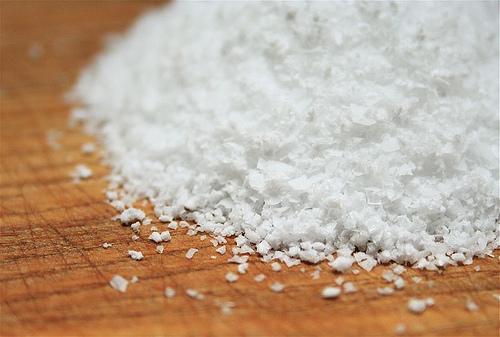
Reduce Salt In Your Diet
Sodium plays an important role in maintaining the body's fluid balance. Salt can enter the bloodstream if ingested in large quantities, and this increases the serum sodium concentration. This raises the serum osmolality. Osmo-receptors in the anterior pituitary trigger an increase of vasopressin secretion. Vasopressin causes vasoconstriction. Vasopressin constricts renal mesangial cells reducing renal filtration of water and electrolytes. Due to the high serum osmolality, renin is secreted. Due to a renin-angiotensin-aldosterone cascade, water is retained in the body, which increases blood pressure. High blood pressure patients should avoid high-salt intake. Because salt is an essential component of a normal diet, it is adequate to refrain from adding salt to food during preparation.
- Important notification about information and brand names used in this slideshow!
- Photo courtesy of stlbites.com by Flickr : www.flickr.com/photos/stlbites/4377164898/
- Ganong's review of medical physiology
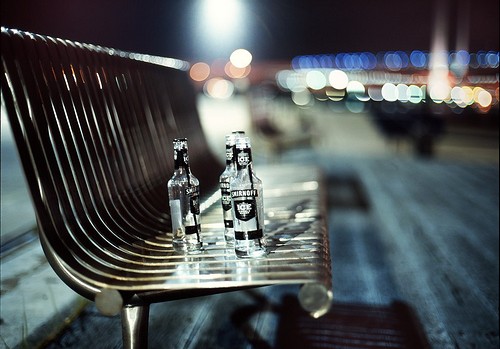
Avoid Alcohol
Alcohol intake exerts some physiological changes in the body. This is the reason for withdrawal symptoms. Blood pressure recordings are high during chronic alcohol users' withdrawal period due to the excitatory effect on the central nervous system and the release of cortisol. Adrenalin and noradrenalin secretion is high during alcohol consumption. Adrenalin and noradrenalin increase heart rate, constrict blood vessels and increases cardiac contractility. All these effects contribute towards raising blood pressure. Chronic alcohol intake alters the vascular response to circulating catecholamines resulting in elevation of systemic blood pressure. It is also theorized that with chronic alcohol intake, angiotensin and other vasoactive substances may play a role in elevating blood pressure.
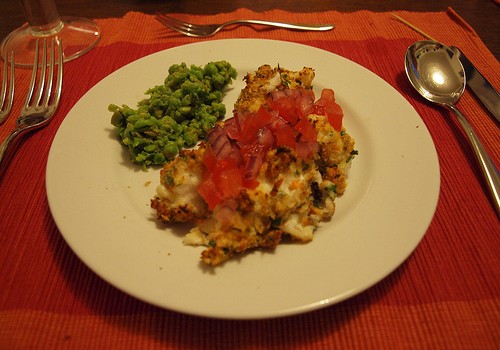
Eat Potassium-Rich Foods
Low potassium intake has been shown to be associated with high blood pressure. Intake of oral potassium reduces systemic blood pressure. But potassium reduces blood pressure only when taken in high doses. Potassium intake lowers the blood pressure in individuals with high blood pressure but has no effect on individuals with normal blood pressure. Potassium may reduce blood pressure by promoting salt and water loss, reducing sensitivity to angiotensin, prostaglandin, adrenalin and vasopressin. Potassium intake can be recommended as a potential treatment method to control blood pressure especially in individuals who can’t reduce sodium intake.
- Important notification about information and brand names used in this slideshow!
- Photo courtesy of Julian Walker by Flickr : www.flickr.com/photos/wirewiping/8738485114/
- http://informahealthcare.com/doi/pdf/10.3109/03009739109179260 http://jama.jamanetwork.com/article.aspx?articleid=416446 http://annals.org/article.aspx?articleid=696578
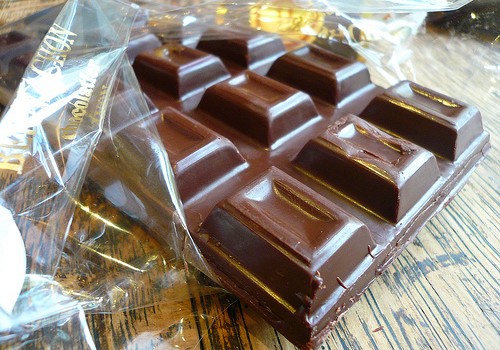
Eat Dark Chocolate Every Day
German investigators reported in August 2007 that a small dose of dark chocolate taken daily can reduce blood pressure in pre-hypertensive and stage 1 hypertensive individuals. Twenty men and 24 women between 55 and 75 years of age with pre-hypertension and stage 1 hypertension (without other medical conditions) were included in their study group. These individuals were randomly assigned to eat 6.5g of dark chocolate (containing polyphenol) or white chocolate (poly-phenol free) daily for 18 weeks. A routine diet and exercise regimen was maintained. No other cocoa products were consumed for the study period. After 18 weeks all subjects demonstrated a clinically significant reduction of blood pressure.
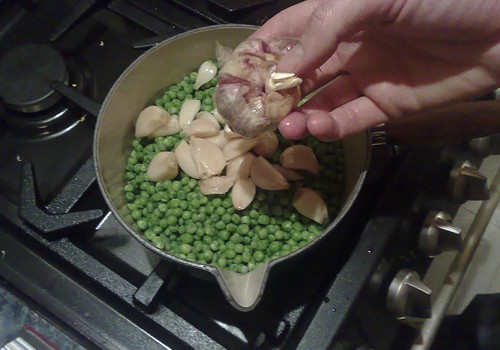
Garlic Lowers Blood Pressure
Garlic has a high hydrogen sulphide content. It also contains allicin, a compound which inhibits angiotensin 2 and vasoconstriction. The action of allicin is similar to angiotensin-converting enzyme inhibitors (captopril, enalapril) and angiotensin-receptor blockers (losartan). This causes vasodilatation. The mesangial cells of renal glomeruli relax increasing filtration. This puts out more water in urine, reducing plasma volume. Allicin diminishes the brain’s sensitivity to low pressure triggers. It lowers the adrenocorticotropic hormone secretion from the anterior pituitary. Allicin lowers the secretion of vasopressin from the posterior pituitary. Because vasopressin retains water in the body, lack of it lowers the plasma volume.

Take B Vitamins
Vitamin B is known to reduce stress-related symptoms such as sweating, palpitations, anxiety and agitation. Oral supplementation of Vitamin B complex is inversely proportional with the incidence of stress-related features. Homocysteine is an amino acid associated with cardiac and vascular disorders. It is known to increase arterial wall thickening and atherosclerosis. When elasticity of arterial walls is lost resting blood pressure rises. Vitamin B6 is essential to the metabolism of homocystiene. Supplementation of folic acid and vitamin B lowers the plasma levels of homocystiene.
- Important notification about information and brand names used in this slideshow!
- Photo courtesy of Ragesoss by Wikimedia Commons : commons.wikimedia.org/wiki/File:B_vitamin_supplement_tablets.jpg
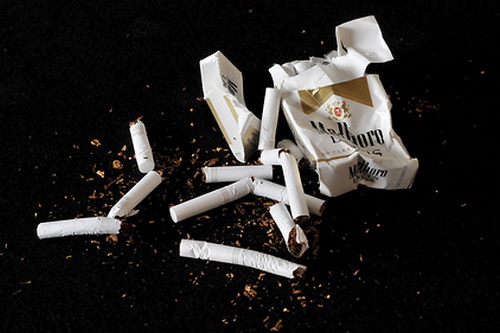
Stop Smoking
Older male smokers have higher systolic blood pressures compared to non-smokers. Diastolic blood pressure shows no difference between smokers and non-smokers. Higher pack years were associated with high blood pressure more than lower pack years. Smoking results in an acute rise in blood pressure. It increases the release of adrenalin and noradrenalin. These increase blood pressure, heart rate and cardiac output. Smoking increases the pulse pressure because it mainly affects the systolic blood pressure rather than diastolic blood pressure. A mild rise in pulse pressure exerts much more strain on vessel walls than a rise in mean arterial blood pressure.
- Important notification about information and brand names used in this slideshow!
- Photo courtesy of Serge Melki by Flickr : www.flickr.com/photos/sergemelki/4241271732/
- http://hyper.ahajournals.org/content/37/2/187.full http://ircrj.com/?page=article&article_id=7480
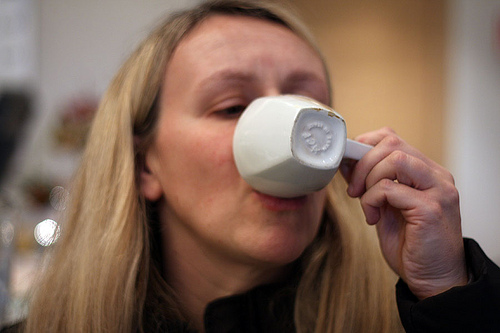
Cut Back on Caffeine
Numerous studies have shown that caffeine increases blood pressure. Caffeine is broken down mainly into theophylline, theobromine and paraxanthine in the human body. Paraxanthine inhibits adenosine receptors, block phosphodiesterase enzymes and block GABA receptors. Caffeine increases the intracellular calcium concentration by prolonging the calcium-induced calcium influx in vascular smooth muscle cells increasing its contractility. It stimulates the production of nitric oxide which is a potent smooth muscle relaxant. The net relaxation is far outweighed by the net contraction leading to high blood pressure.
- Important notification about information and brand names used in this slideshow!
- Photo courtesy of Digital Internet by Flickr : www.flickr.com/photos/digitalinternet/8388170140/
- www.hindawi.com/journals/ijvm/2010/834060/
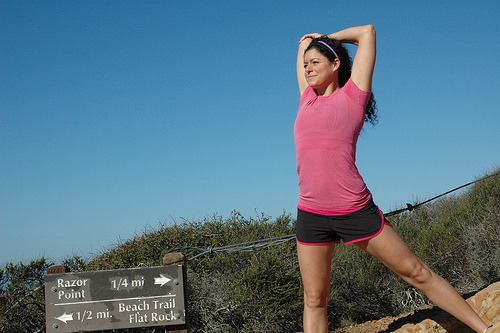
Exercise Regularly
People who begin a new workout regime may find that exercising increases blood pressure. Vigorous activity does increase adrenalin and noradrenalin secretion in the short term — to improve perfusion of the brain, lungs, kidneys and muscles. But in the long term, it reduces resting catecholamine levels. Cardiac output increases during exercise, together with exercise tolerance. The amount of blood pumped out is more in an athlete because his heart pumps more forcefully rather than rapidly. The champion cyclist Lance Armstrong’s resting blood pressure was around 90/60 mmHg while his resting heart rate was around 40 beats per minute!
- Important notification about information and brand names used in this slideshow!
- Photo courtesy of lululemon athletica by Flickr : www.flickr.com/photos/lululemonathletica/4311773885/


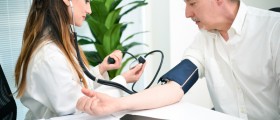


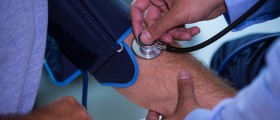
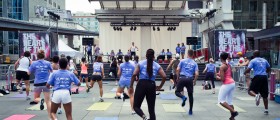
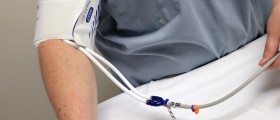
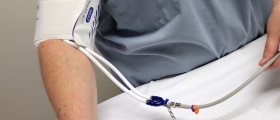



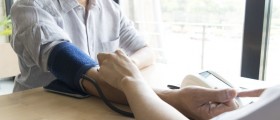

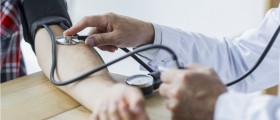
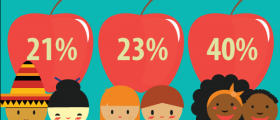
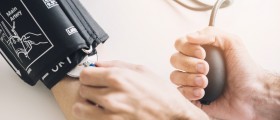
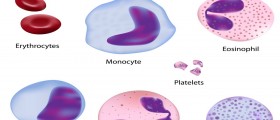
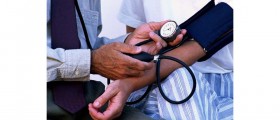
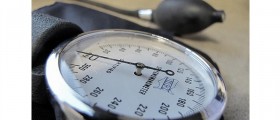
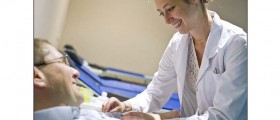

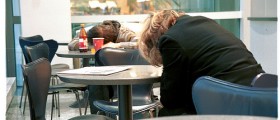




Your thoughts on this
Loading...